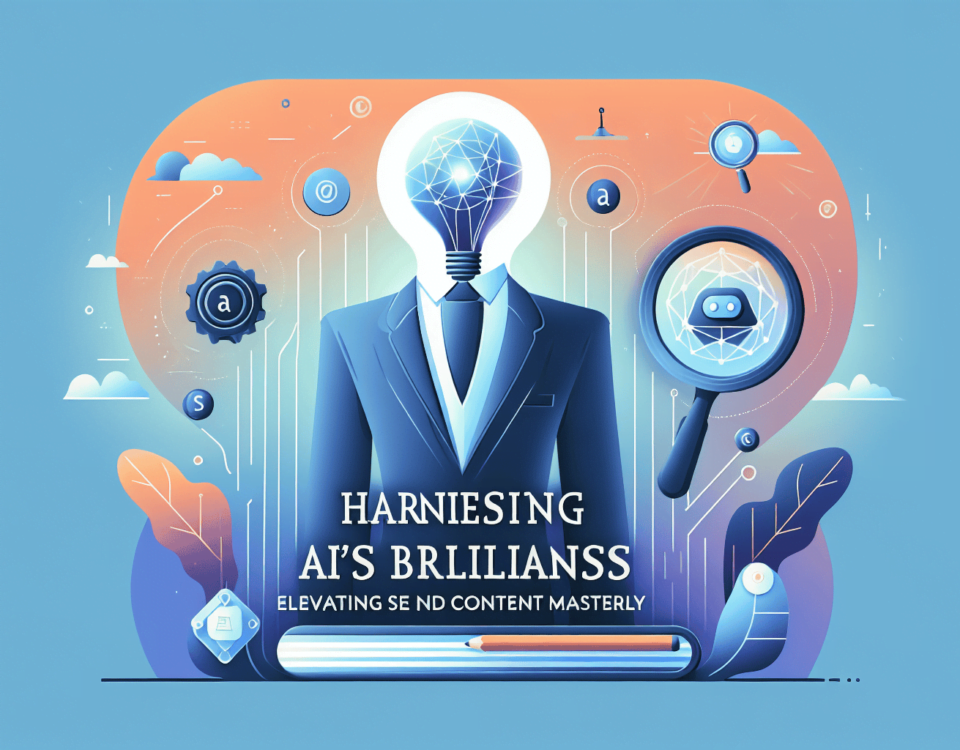The PowerPoint Paradigm: Understanding the Communication Crutch
PowerPoint, initially a groundbreaking tool for visual communication, has gradually become an omnipresent companion in boardrooms and conference halls. This software was embraced for its ability to streamline thoughts into bullet points, illustrate complex ideas with charts, and provide handouts that summarized key discussion points. However, after its ascent to ubiquity, its luster has begun to wane. What was once a pioneering platform has shown its inclination to confine rather than liberate the flow of ideas.
Critics such as Edward Tufte have pointed out the inherent dangers in reducing intricate thoughts to overly simplistic bullet points or slides. Each slide typically becomes a crutch, leading presenters to overly rely on these visual aids, effectively bottlenecking their capacity to elucidate expansive ideas. The result is a monochromatic perspective on information that is usually multidimensional.
The fallacy that complex ideas can be effectively communicated through a succession of slides is pervasive. We see a culture of anticipatory obedience emerging, where individuals already conditioned to this format instinctively funnel their thoughts into a PowerPoint template. This phenomenon not only affects the presenter but also conditions the audience to expect and accept information in bite-sized, often oversimplified fragments.
The Cost of Convenience: When PowerPoint Stifles Creative Thought
The seductive simplicity of PowerPoint presents an illusion of efficiency. The neatly organized bullet points and charts can camouflage a sobering sacrifice of depth for breadth. This brevity, while at times necessary, can become a habitual constraint on critical thinking and creativity. Thus, instead of fostering innovation, the culture of convenience perpetuated by PowerPoint often leads to intellectual stagnation.
When individuals are circumscribed by slides, they are less likely to embark on exploratory thought processes that might otherwise lead to inventive solutions. The slide deck, with its rigid structure and format, inherently deflects attention away from divergent thinking, the very fodder for innovation. Opportunities for spontaneity and serendipity in the exchange of ideas are truncated by the linear progression of a slide show.
The impact of PowerPoint on the way we process and share information cannot be understated. Research indicates that presentations using PowerPoint are rated no better than oral presentations without visual aids. Yet the pervasiveness of slide decks persists, raising questions about the trade-off between the superficial appeal of organized information and the diminished potential for creative thought.
Beyond Bullet Points: Fostering a Culture of Innovation
For organizations aspiring to cultivate an innovative culture, breaking free from the PowerPoint paradigm is necessary. This requires embracing alternative methods of communication that encourage full-spectrum thinking and facilitate multi-directional dialogue. By moving beyond bullet points, we open the door to a more holistic, nuanced exchange of ideas.
One way to stimulate innovation is through interactive workshops that encourage hands-on engagement with ideas and concepts. The use of whiteboarding sessions, storytelling techniques, and brainstorming exercises leverages the collective intelligence of the group, revealing insights that may never surface in a conventional slide presentation. This interactive approach nurtures creative thinking and unearths unforeseen opportunities for innovation.
Moreover, the advent of new technologies, including augmented reality (AR) and virtual reality (VR), offers novel pathways for interactive and immersive experiences that can elevate the impact of presentations. By integrating multidimensional engagement with these burgeoning technologies, organizations can transform passive audiences into active participants in a dynamic exchange of ideas.
The Digital Graveyard: The Fate of Forgotten Slides
In the digital archives of countless organizations lies a veritable graveyard of forgotten PowerPoint presentations. These slides, often crafted with care and diligence, are relegated to the obscurity of a network drive after their initial use, seldom to be revisited. The lifecycle of these presentations is indicative of the transitory nature of information within the PowerPoint-centric milieu.
The losses echo beyond mere data silos; they reflect the squandering of intellectual capital. The time and effort invested in these presentations are disproportionate to their fleeting utility. Recognizing this imbalance is the first step in mitigating the waste and leveraging existing resources more effectively.
A judicious approach to countering this trend involves the strategic repurposing of content. By extracting the essence of these presentations and disseminating it through more dynamic mediums like interactive media, infographics, or video tutorials, organizations can resurrect valuable content from the depths of the digital graveyard.
Crafting a New Narrative: Strategies for Effective and Engaging Presentations
The key to overcoming the stifling effects of PowerPoint-centric approaches lies in the adoption of innovative strategies that emphasize engagement over convenience. By crafting a narrative that captivates the audience and integrates varying forms of media, speakers can create presentations that resonate on a deeper level.
- Employ the art of storytelling to weave a compelling narrative throughout the presentation.
- Use visuals judiciously, ensuring they complement rather than overshadow the spoken word.
- Incorporate elements of interactivity, inviting the audience to contribute and participate actively.
- Utilize analogies and metaphors to illuminate complex concepts in a relatable manner.
- Opt for a balanced mix of media, including video clips, demonstrations, or live polls to maintain energy levels.
The reorientation from a slide-driven discourse to one that is more heterogeneous and engaging requires not only creativity but also a willingness to challenge established norms. The focus should be on the clear and compelling delivery of content that leaves a long-lasting impact on the audience, potentially sparking new ideas and perspectives.
In a society that values innovation, it is incumbent upon us to ensure that our methods for sharing information are conducive to generating it. By critically examining and redefining our relationship with PowerPoint, we can pave the way for a renaissance in how we communicate complex ideas—one in which creativity is not just conserved but amplified.




